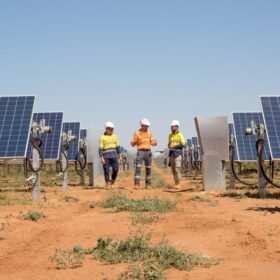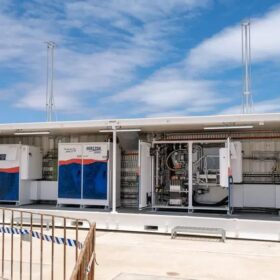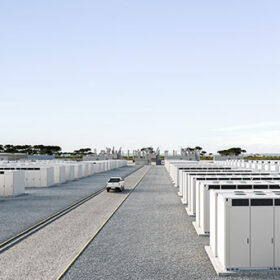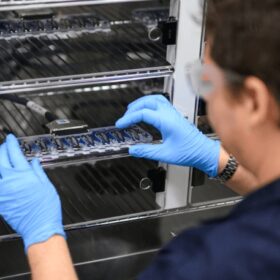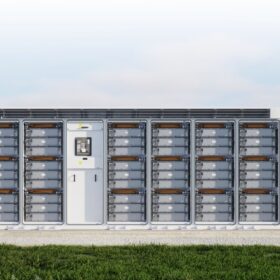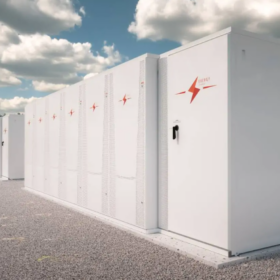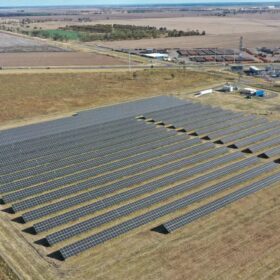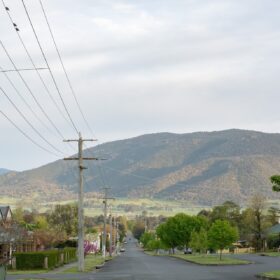Beon secures EPC contract for solar and battery project
Beon Energy Solutions has been appointed the engineering, procurement, and construction contractor for the $190 million Quorn Park solar and battery hybrid project being developed by Enel Green Power near Parkes in western New South Wales.
Horizon report reveals learnings from solar and hydrogen microgrid project
The development of a custom control program that allows for the autonomous management of the sub-systems that make up a hybrid solar and green hydrogen microgrid helping to power the Western Australian town of Denham is among the key lessons outlined in a new report released by the state government.
HMC announces seed investment for planned 15 GW clean energy platform
Australian asset manager HMC Capital has signed a $50 million deal to acquire a majority stake in Sydney-headquartered battery project developer Stor-Energy as part of its push into the renewable energy sector.
Queensland launches battery supply chain database
The Queensland government has launched Australia’s first battery supply chain database to help local companies identify business and supply chain opportunities and to support domestic production and connect with potential investors.
BayWa seeks federal approval for combined 1.2 GWh of big batteries
BayWa r.e. is seeking federal environmental approval for two proposed renewable energy projects featuring up to 312 MW of generation and a combined 1.2 GWh of battery energy storage capacity.
Tesla battery deployment up 157%; Megapack pricing down 44%
In its latest quarterly press release, traditionally focused on vehicle production, Tesla revealed a significant increase in energy storage deployment, officially reporting revenue for 9.4 GWh of deployed storage products.
Perth company lands $50 million contract on Collie big battery build
A Perth electrical company has won a $50 million contract for works on Western Australia’s 500 MW / 2,000 MWh Collie battery energy storage system just months after scooping a $160 million deal for the project.
FRV Australia delivers first hybrid solar-storage power plant
Global renewables project developer Fotowatio Renewable Ventures says its 5 MW solar and battery hybrid power plant near Dalby in southern Queensland has been completed and is now operational.
Pumped hydro projects declared high priority by NSW government
Three pumped hydro projects that would deliver a combined 1,035 MW / 9,480 MWh of dispatchable capacity are among six projects that have been declared critical state significant infrastructure by the New South Wales government, potentially smoothing the way for their approval.
Community microgrid calls on residential solar to support energy security
Construction has begun on a solar and battery-based microgrid that is to provide the northeast Victoria town of Corryong with crucial energy resilience, helping keep the power on during emergencies such as bushfires and storms.
